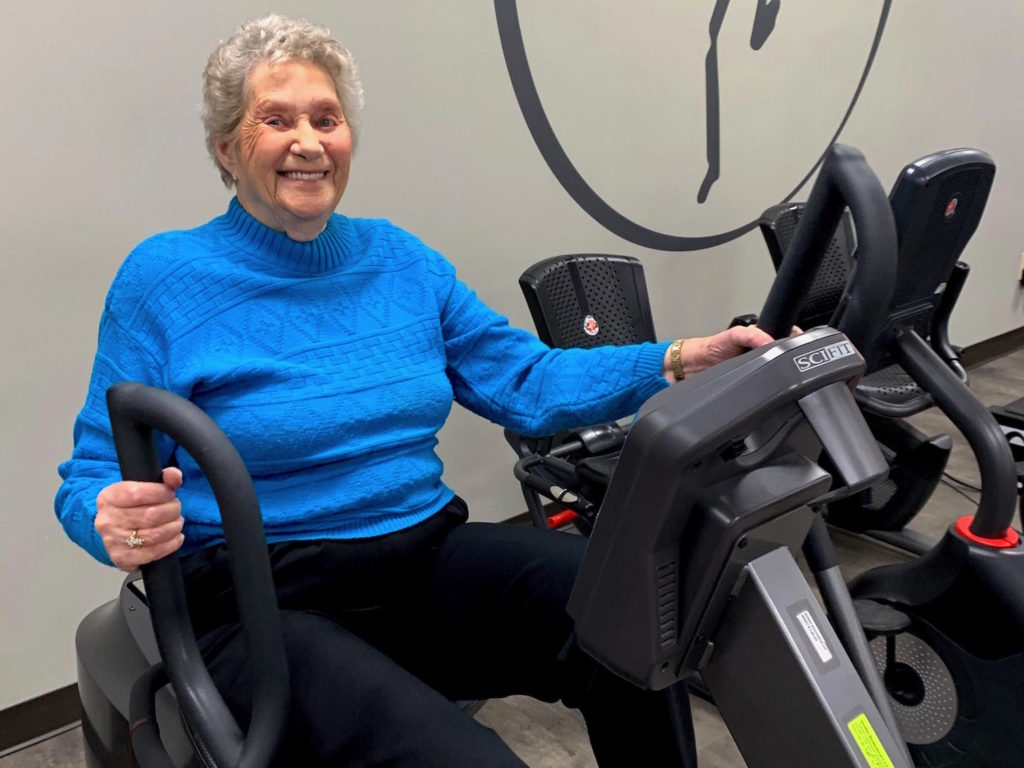
What is a stroke and how are they caused?
A stroke or cerebrovascular accident (CVA) occurs due to an interruption in blood flow and oxygen to the brain. This causes damage to the brain tissue, which results in neurological deficits. The resulting deficits are dependent on the area of the brain affected. Generally, a stroke on the left side of the brain will affect the right side of the body, while a stroke on the right side of the brain will affect the left side of the body.
Impairments following a stroke on the left side of the brain include the following: weakness or paralysis on the right side of the body, impaired processing, heightened frustration, inability to communicate or comprehend (aphasia), difficulty swallowing (dysphagia), inability to perform purposeful movements (motor apraxia), and loss of the right field of vision in both eyes (hemianopsia). Impairments following a stroke on the right side of the body include: weakness or paralysis on the left side of the body, poor attention span, impaired awareness and judgment, spatial deficits, memory deficits, inattention to stimuli or events on the left side of the body (unilateral neglect), inability to control emotions (emotional lability), impulsive behavior, and loss of the left field of vision in both eyes (hemianopsia). Coma and death are the most severe consequences of a CVA. It is common for patients to have residual complications and deficits that persist.
What physical therapy treatments are used for stroke patients?
Treatments are selected based on impairments, activity limitations, and specific patient goals following an evaluation. Functional, task-specific training is used to help regain control of functional movement patterns. Neuromuscular reeducation and facilitation strategies are used to improve motor control and strength of the trunk and limbs.
Gait training strategies are used to help regain the ability to walk as normal as possible. Common techniques used in physical therapy following a stroke include constraint induced movement therapy, functional electrical stimulation, motor imagery and mental practice, positioning, and aquatic therapy. Intense practice both during therapy and outside of therapy is needed for meaningful change.
Benefits of PT following a stroke?
Various physical therapy interventions can be used to improve motor learning, sensory function, flexibility and joint integrity, strength, spasticity, movement control, postural control, balance, gait and locomotion, and overall functional status. If needed, your PT can train you in how to use devices to help keep you mobile when a stroke has affected your ability to move, walk, or keep your balance.
Our goal is to promote independence in activities of daily living and self care, and to help each individual return to their prior level of function at home, work, and in the community. Physical therapy can help prevent or decrease secondary complications following a stroke such as pain, muscle contractures and joint subluxation.
What You Need to Know
To Schedule an Appointment:
Call us at (479) 524-8028.
What Insurance Do You Take?
We accept all major insurance providers.
Do I Need Insurance?
We will see patients without insurance. For these appointments we accept cash payments.